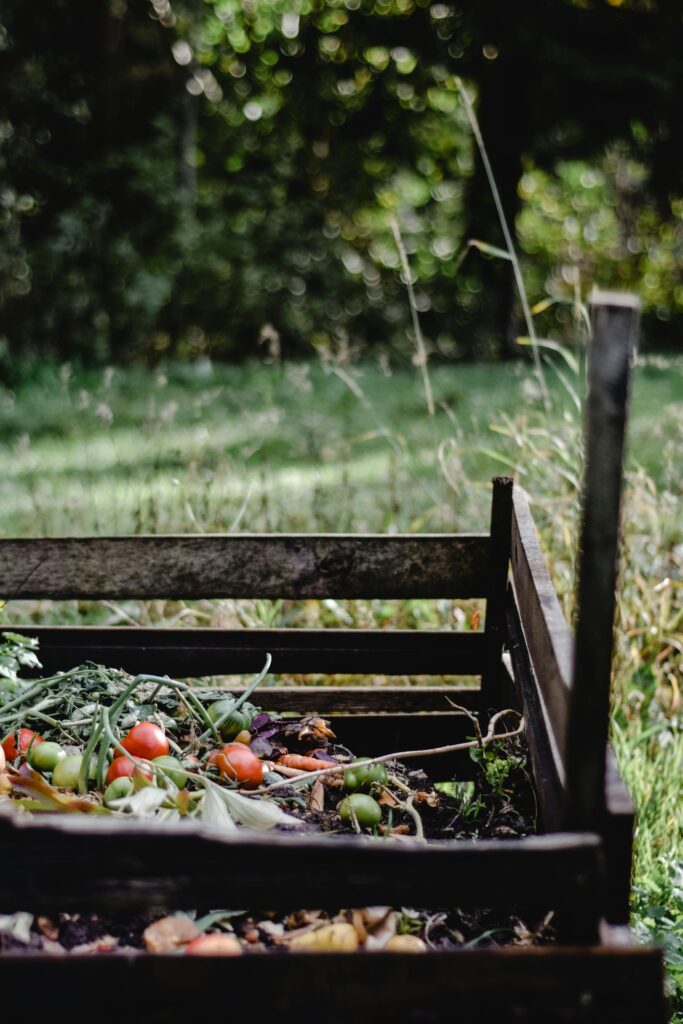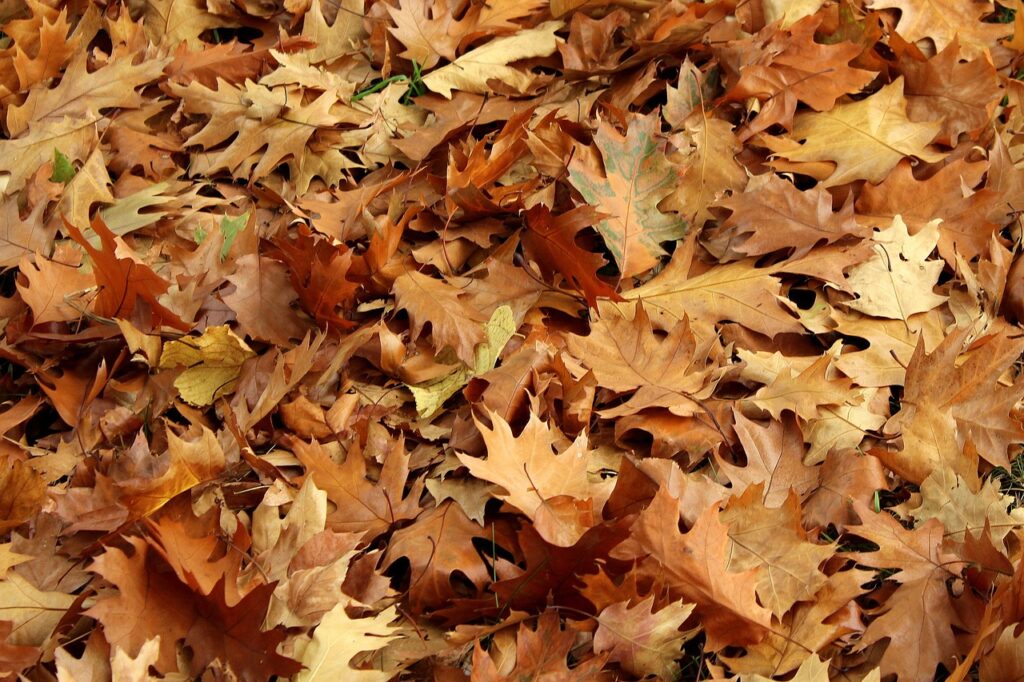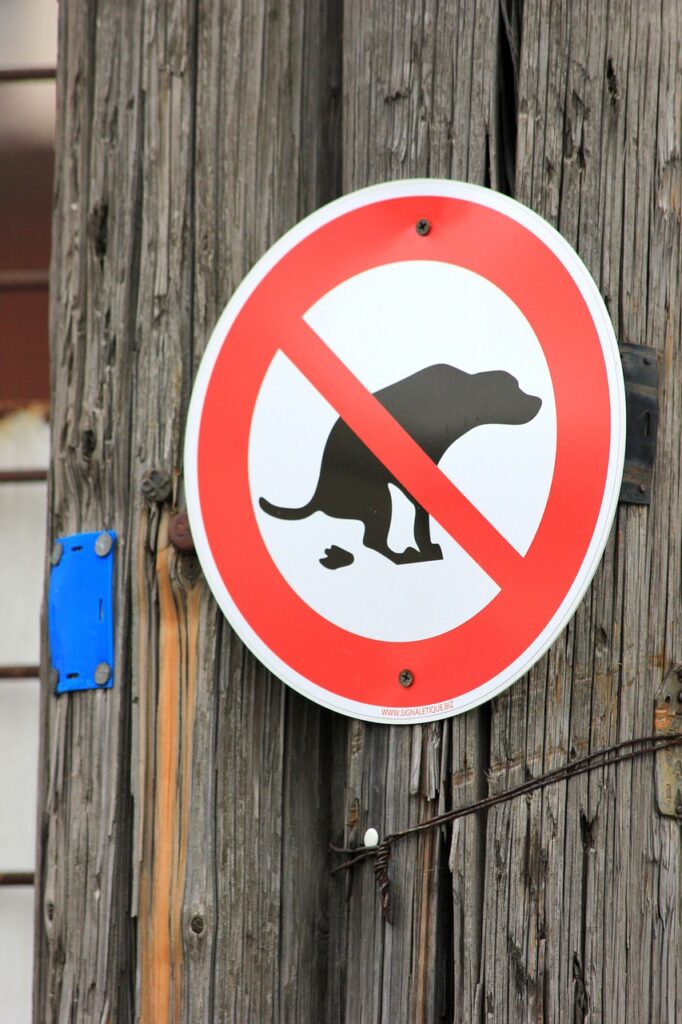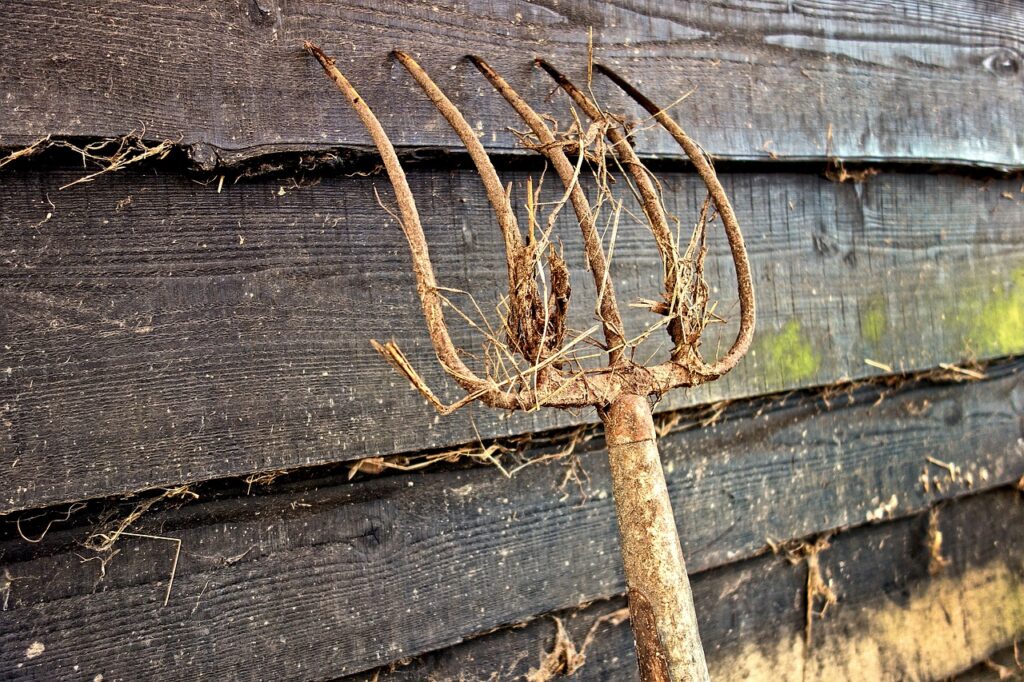Organic compost is a vital building block in any garden and composting is an essential practice for any gardener. Organic compost can be made with a little effort. The process involves creating a nutrient-rich soil amendment that can help plants grow healthier, stronger, and more vigorous. For those that want to take their composting game to the next level, DIY composting allows you to make the best organic compost for your garden.
As an Amazon and ebay Affiliate we may earn a commission off any purchases made through our links. This won’t affect the price you pay.
So, what is compost and why is it important?

This is a good place to start – understanding organic compost. Compost is essentially decomposed organic matter. It is a natural choice when it comes to conditioning and feeding a garden – be it ornamental, edible or sensory. This could include food scraps, leaves, grass clippings, and even cardboard or paper. The process of composting allows these materials to break down into a rich soil amendment that is packed with important nutrients like nitrogen, phosphorus, and potassium, as well as trace minerals like magnesium, sulfur, and calcium. When you compost at home, you convert kitchen scraps and yard waste into a valuable resource that helps you maintain an eco-friendly gardening approach.
Compost is important for a few reasons:

It provides important nutrients to plants. Compost is packed with important nutrients that plants need to grow strong and healthy. Using compost in your garden can help to promote lush foliage, stronger root systems, and an overall healthier plant.

It encourages beneficial microbial activity – Compost is teaming with microorganisms like bacteria, fungi, and protozoa that are essential for healthy soil. These microorganisms help to process nutrients, break down organic matter, and make soil more hospitable for plant growth.
While you can certainly purchase compost from a garden center or nursery, DIY composting can be an incredibly rewarding and economical practice. Plus, it allows you to reuse organic waste products in a sustainable way, reducing the amount of waste that ends up in landfills.
Here are a few tips for getting started with your own DIY compost bin:
Choose the right location
First and foremost, you need to choose a good location for your compost bin. Ideally, this location would be somewhat protected from the elements (so as not to be inundated with water during heavy rains), but also receive some sun exposure each day. You don’t want it to be too close to your home (due to potential odors), but also not so far away that you won’t want to make the trek out there to deposit waste.
Choose your bin
There are a lot of different options when it comes to designing your own compost bin. Some people simply use a pile with no enclosure, while others choose to create something more elaborate with wood or other materials. Ultimately, the design you choose will depend on your personal preferences and the space constraints you’re dealing with.
Types of Compost Bins
Tumbler Bins: These bins allow you to easily turn the compost. The tumbling action incorporates oxygen, speeding up decomposition. Tumbler bins are compact and often made from durable materials.
Stationary Bins: These are traditional bins that do not move. They need to be turned periodically using a pitchfork or shovel to aerate the compost. Stationary bins can be made of wood, plastic, or metal.
Advantages of Compost Bins
Compost bins offer a tidy way to manage waste. They keep pests at bay and help regulate moisture levels, reducing the risk of odor. Furthermore, bins can fit neatly into smaller spaces, making them ideal for urban gardeners.
DIY bin
One option is to use a series of stacked wooden pallets to create a simple compost bin. You can also find kits or plans online for more complex designs if you’re feeling particularly ambitious.
There are many options online too, sometimes it is easier to go with a product that has already been tested and is known to work. The initial cost is very likely to be recovered over time and you will enjoy a rich, nutritious medium to treat your plants with.

Choose the right ingredients

In order to make good compost, you need to provide the right mix of “browns” and “greens.” Browns refer to carbon-rich materials like dried leaves, straw, or wood chips. Greens, on the other hand, are nitrogen-rich materials like vegetable scraps, grass clippings, or coffee grounds.
Ideally, you want to aim for a mix of about 2/3 browns to 1/3 greens. Too much green material can lead to a smelly, slimy compost pile that doesn’t break down properly. On the other hand, too much brown material can create a pile that takes a long time to decompose.
Compost Piles
If you have enough space, a compost pile can be a great alternative. Simply chose an out-of-the-way location in your yard, and pile up layers of organic material. The size of your pile will ultimately influence the speed of decomposition.
Advantages of Compost Piles
Piles allow for larger quantities of organic matter and provide easy access for turning and aerating. They can accommodate bulky materials like branches that might not fit well in bins.
What to Include in Your Organic Compost
There are some ‘do’s and don’ts’ when it comes to making a compost pile. Let’s discuss in detail.
Kitchen Scraps
A significant portion of your compost can come from the kitchen. Here’s a list of kitchen scraps that are compost-friendly:
Fruit and Vegetable Scraps: Apple cores, carrot tops, and potato peels are excellent additions.
Coffee Grounds and Filters: These add nitrogen and create a rich source of nutrients.
Eggshells: Rinse them to avoid any odors, and crush them to speed up decomposition.
Bread and Grains: Old bread and pasta will break down well.

Garden Refuse
Yard waste offers another substantial source of compost material. Here are some garden refuse items to include:
Grass Clippings: These are rich in nitrogen and break down quickly.
Leaves: Shredded leaves are a great carbon source.
Plant Trimmings: Any dead or pruned foliage can be composted.
Small Branches and Sticks: Chop or shred them to aid decomposition.
What Not to Put in Your Organic Compost
While many items can go into your compost, there are some you should avoid. Here are the most critical categorizations of materials to keep out of your compost bin or pile:

Meat and Dairy Products: These attract pests and can cause foul odors.
Oils and Fats: Just like meat, these create unsanitary conditions in your compost.
Pet Waste: The pathogens in pet feces can contaminate your compost. (read more on deterring cats here)
Diseased Plants: If plants are diseased, they may infect your compost, harming your future plants.
Weeds with Seeds: Composting these could spread weeds throughout your garden.
Citrus Peels: Large amounts can affect microbial activity and create acidity imbalance.
Turn your pile regularly

One of the keys to successful DIY composting is making sure you turn the pile on a regular basis. This process helps to aerate the compost. Aeration promotes beneficial microbial activity and breaks down the organic matter more quickly. You can use a pitchfork or shovel to turn the pile every week or so. Make sure to mix the outer layers into the center of the pile.
Monitor your compost’s progress
As you work on your compost pile, it’s important to monitor its progress. You should notice steam and heat being released from the pile as the materials break down. Over time, the pile will shrink in size and become more compact as the organic matter is transformed into nutrient-rich soil.
When your compost is ready, it should look like dark, crumbly soil that has a pleasant, earthy smell. You can test the pH of the compost to ensure that it’s within the correct range for your plants (usually between 6.0 and 7.5).
Time Required to Make Organic Compost
The time it takes to create organic compost can vary greatly depending on several factors including the materials used, the composting method, and the local climate.
Factors Affecting Composting Time
Material Size: Smaller pieces break down more quickly. Chop or shred materials before adding them to your compost.
Moisture Levels: Compost should be as damp as a wrung-out sponge. Too dry will slow down decomposition, while too wet can create anaerobic conditions and odor.
Temperature: Compost heats up as bacteria break down materials. Turning your compost regularly will help maintain a higher temperature and speed up the process.
Hot vs. Cold Organic Composting
Hot Composting
If you’re looking for quick results, hot composting may be the best route. This method involves maintaining a higher internal temperature (between 130°F and 160°F), which can decompose materials in as little as 4-6 weeks. To achieve this, ensure you layer carbon and nitrogen materials correctly, aerate frequently, and maintain moisture levels.
Cold Composting
On the other hand, cold composting is a slower method that can take anywhere from a few months to a couple of years. Simply pile up organic materials in your compost bin or pile without much intervention. Cold composting is less labor-intensive but yields compost over a longer timeline.

Tips for Successful Composting – A Re-cap
To maximize the efficacy of your composting efforts, consider implementing these helpful tips:
1. Aerate the Pile: Turn your compost every few weeks to introduce oxygen, which promotes faster decomposition.
2. Moisture Control: Keep your compost pile moist but not soggy. If it’s too dry, consider watering it occasionally.
3. Add Worms: If you’re using a compost bin, adding red wigglers can boost decomposition and enhance nutrient levels.
4. Monitor Ratios: Continuously assess your green-to-brown ratio to maintain the balance needed for optimal composting.
Making organic compost at home is not just beneficial for your garden; it also contributes to a healthier planet. By following the steps outlined above, you can create high-quality compost from your kitchen scraps and garden refuse. Remember to choose the right composting method for your needs, have a clear understanding of what materials you can and cannot compost, and remain patient with the composting process.
In the end, once your compost is ready, you will have rich, earthy material to nourish and mulch your plants—an incredible reward for your hard work. Embrace this sustainable practice and watch your garden flourish with the magic of organic compost!
As an Amazon and ebay Affiliate we may earn a commission off any purchases made through our links. This won’t affect the price you pay.
Learn about companion planting here
